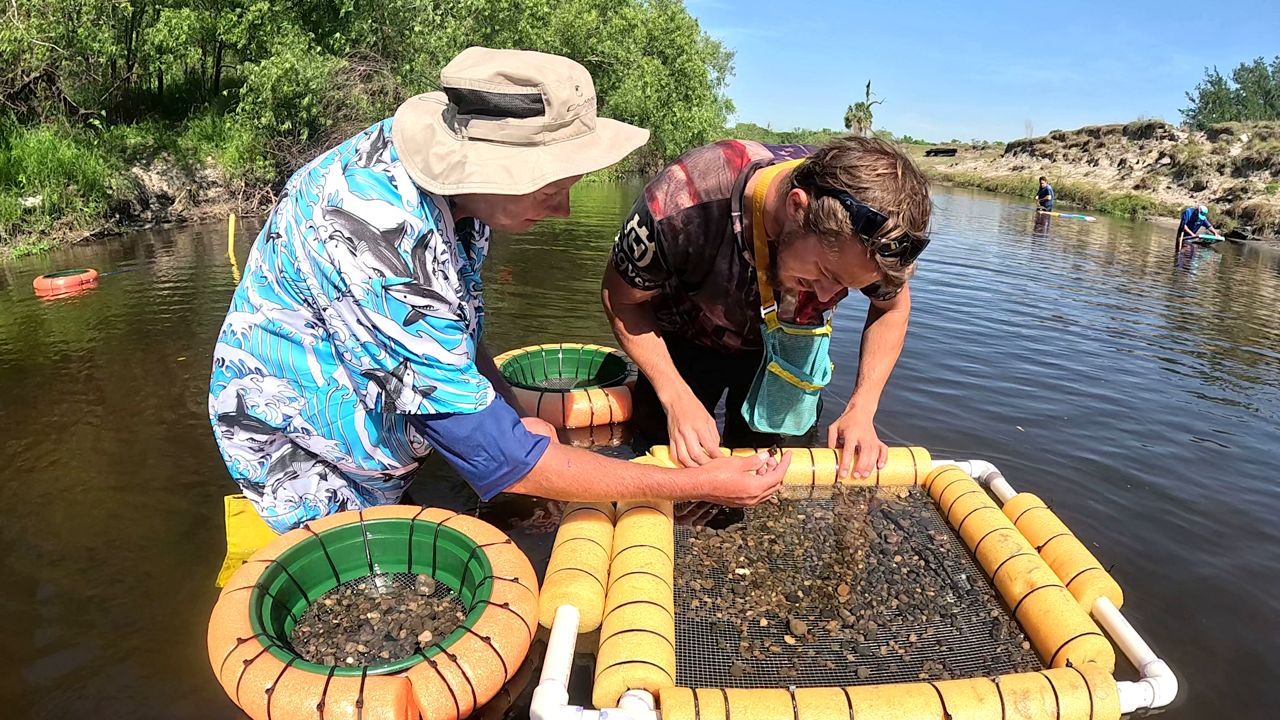ORLANDO, Fla. – The staffing shortages abound just about everywhere you look; businesses face personnel crunches amid the current "Great Resignation" post-pandemic.
Perhaps one solution to help alleviate the problem, some argue, is for companies to hire more inmates and formerly incarcerated individuals. That’s what the Bridges of America program hopes can happen.
According to state data, 2021 saw a record number of job opening – some 503,000 mid-year. Businesses are furiously hiring.
Some of them are part of the work release program Bridges of America.
Michael "Spike" Wilk is a graduate of that program that got him trained and hired at Competitive Edge Partners & Consulting, LLC. Wilk does construction work, operating the heavy machinery like the lull, to clear and manage building sites around Orlando.
He credits Bridges of America for helping him accomplish a career he never imagined possible. “I never imagined that I’d be efficient at operating the type of equipment that I do,” Wilk remarked during some daily tasks at his work site.
He first started during the final nine months of his prison sentence and has now been on the job for about two and a half years. Wilk spent years behind bars serving time for offenses for which he blames his past struggle with drugs and alcohol addiction. He’s now living out his second chance.
That’s how "Bridges" works, connecting individuals like Wilk with jobs they’re qualified to do and passionate about.
People imprisoned for lower-level, nonviolent crimes, are given the opportunity to work at the places that partner with the program. The inmate employees are monitored, and if they display and prove their ability to keep the job successfully, the trial hire typically turns into a career beyond their incarceration.
“It means they’re getting back on their feet,” Bridges of America Orlando Chapter Director Paul Bicker emphasizes. “They’re going to be able to take care of their family,” he says, “they’re going to be able to keep that job when they leave here. That’s what the work release system is about.”
“They’re viable employees,” he continues. “They come to work. They’re doing a good job.”
Biecker’s facility offers a community environment and counseling, church services, tutoring toward earning a GED, and other services. He typically has just under 200 participants going through the program at a time, at his branch. There are chapters across Central Florida.
It’s all a game-changer, says Wilk. It’s made all the difference in his re-entry to life outside prison.
“When you think of people going to prison, you think of these terrible peopl, when really most of the guys, a lot of the guys that I met in prison, were just regular people that they got sidetracked. [It’s] something happened that could have happened to anybody,” Wilk says.
Both men just wish more of the companies around town so desperately looking to hire would consider bringing on employees like Wilk. He shares his success story as proof it’s a real solution to the workforce problem.
Wilk also wants to encourage others like himself. “Life is good today,” he beams.
“There is opportunity everywhere and there’s no place that you can find yourself too dark and too deep that you can’t get out of,” he adds.
According to the ‘Forgotten Majority’ advocacy group, there are more than 3,000 inmates doing some sort of work release program. That’s about 3% of the state’s prison population. Bridges of America is urging employers to reach out to learn more about getting involved.









